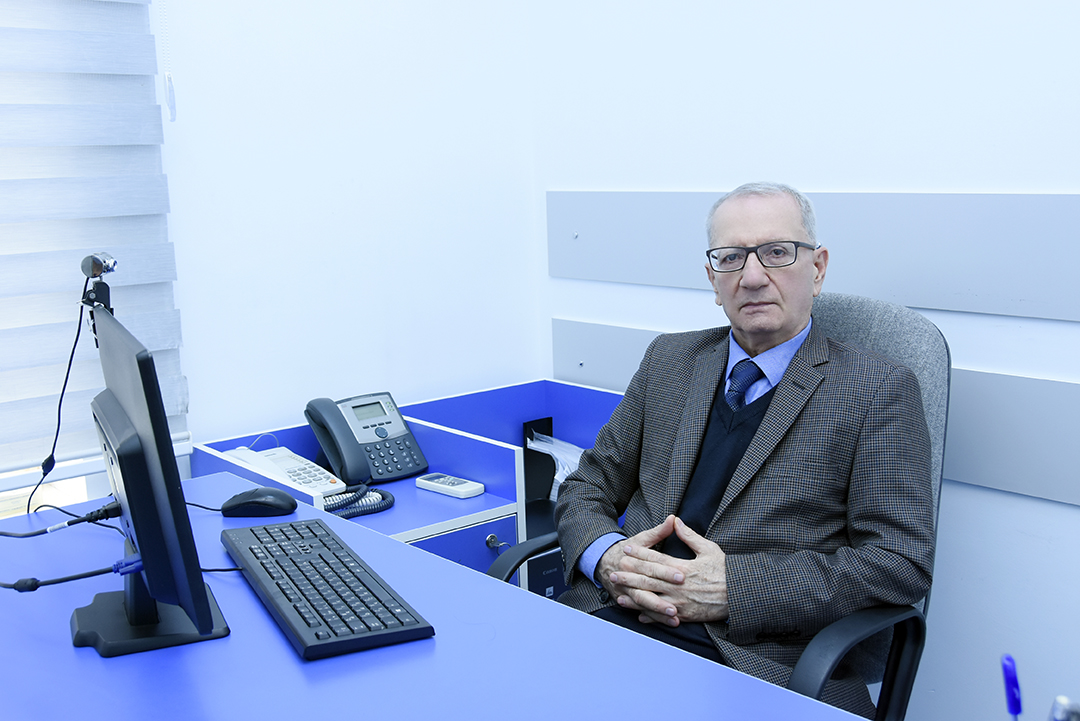NEWS
Microsoft has proposed technology imperceptible changes VR-environment

Microsoft introduced a technology that allows you to discreetly change the virtual environment in a VR helmet. The system tracks the direction of the user's gaze and changes only the environment in the field of peripheral vision.
Changes will take place in the user's field of vision, but he simply will not notice it. Thus, developers are going to increase user interest in the VR environment and the interactivity of the process.
In addition to tracking the direction of gaze, the system will analyze the user's cognitive load, pupil diameter and mood. This will allow you to adjust the VR environment to the human reaction.
One of the demonstration models of this technology allows a person to walk through a virtual museum and change pictures in peripheral vision, depending on the preferences of users.
Recently, Microsoft released a new version of the Seeing AI application, which, using computer vision technology, will allow blind and visually impaired people to "view" photos on their smartphone or computer.



